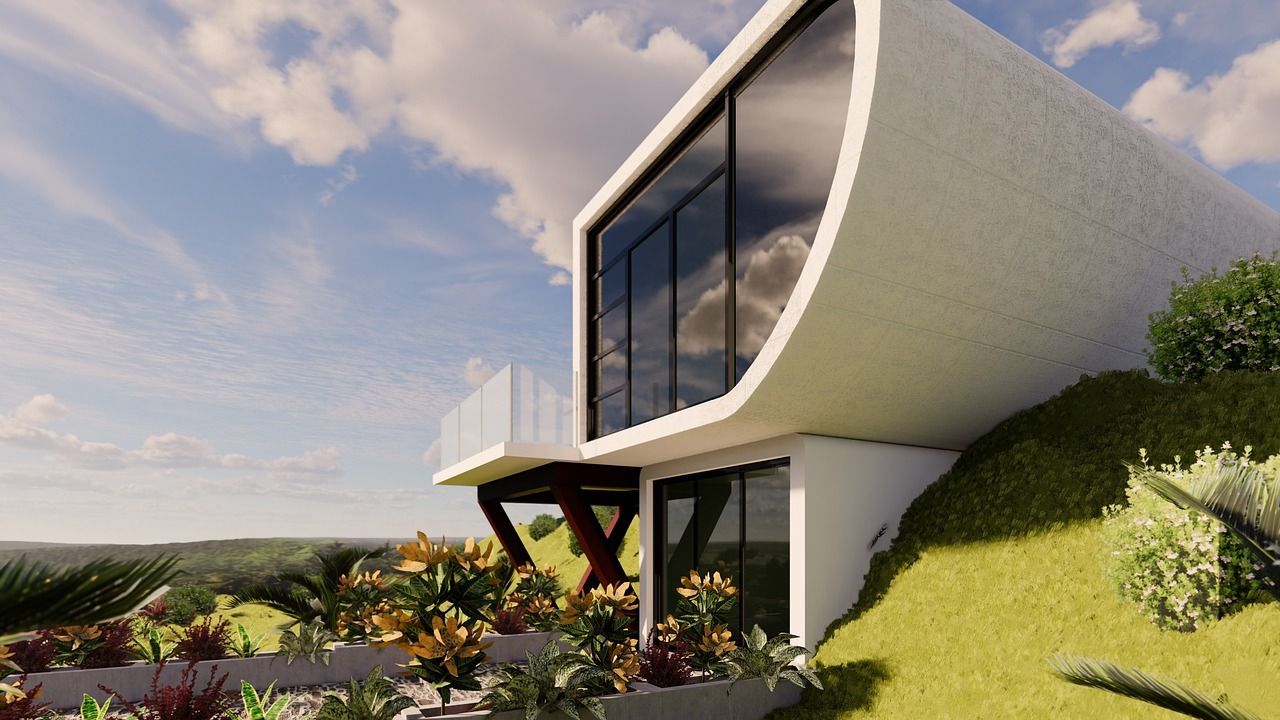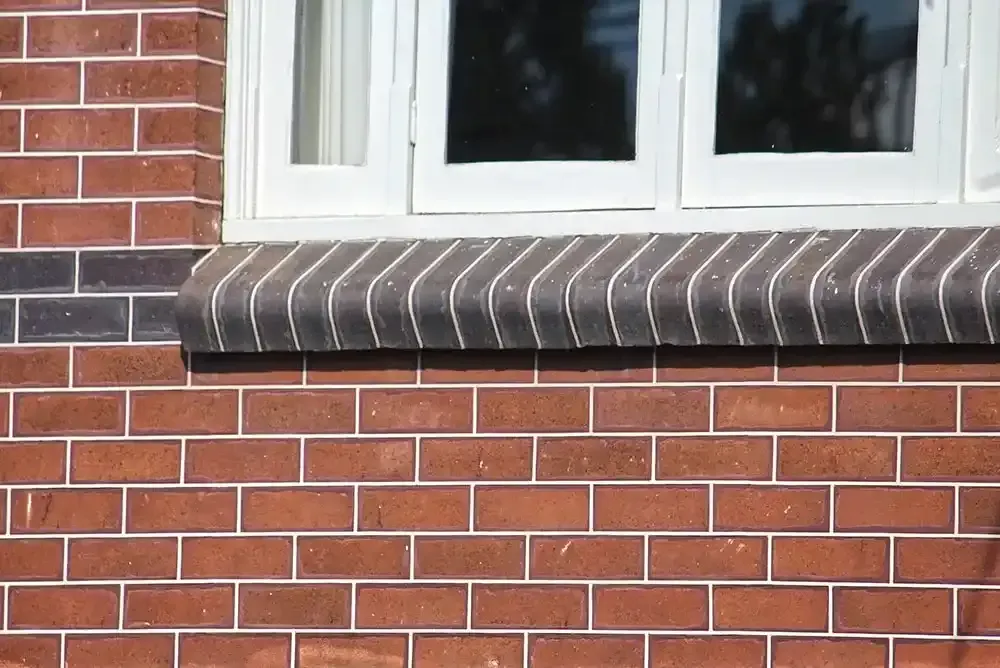Masonry: A Fusion of Tradition and Innovation in Modern Architecture
In the realm of modern architecture, there is a growing appreciation for the use of traditional building methods. These methods not only bring a sense of cultural heritage but also offer practical benefits such as cost-effectiveness, energy efficiency, and increased thermal comfort. One such traditional building method that stands the test of time is masonry. Masonry has been an integral part of construction for centuries, and its fusion with modern architectural principles has given rise to unique and innovative structures. In this article, we will explore the fusion of tradition and innovation in masonry and its significance in modern architecture.

The Rich Heritage of Masonry
Masonry has a rich heritage that spans across civilizations and cultures. From the ancient pyramids of Egypt to the grand cathedrals of Europe, masonry has been used to create iconic structures that have withstood the test of time. The art of masonry involves the careful arrangement of individual units, such as bricks or stones, using mortar to bind them together. This technique provides strength, durability, and aesthetic appeal to the structures.
Traditional Masonry Techniques
Traditional masonry techniques have been passed down through generations, each culture adding its own unique touch. These techniques vary depending on the region's materials, climate, and available resources. For example, in regions where stone is abundant, dry-stone masonry techniques are prevalent. This technique involves stacking stones without mortar, relying solely on the interlocking nature of the stones for stability. On the other hand, in areas where bricks are the primary material, techniques like bricklaying and tuck-pointing are commonly used.
Modern Architecture and Masonry
In modern architecture, the integration of traditional masonry techniques brings a sense of authenticity and timelessness to the designs. Architects are increasingly tapping into the vast knowledge of traditional building methods to create innovative structures that not only pay homage to the past but also address the challenges of the present. By incorporating masonry into modern designs, architects can achieve a harmonious balance between tradition and innovation.
Benefits of Masonry in Modern Architecture
The use of masonry in modern architecture offers a multitude of benefits. Let's explore some of the key advantages:
1. Durability and Strength
Masonry structures are known for their durability and strength. The use of high-quality materials combined with precise construction techniques ensures that masonry buildings can withstand the test of time. The inherent load-bearing capabilities of masonry walls make them ideal for creating sturdy and long-lasting structures.
2. Energy Efficiency
Masonry has excellent thermal properties, making it an energy-efficient choice for modern buildings. The thermal mass of masonry walls helps regulate indoor temperatures by absorbing and slowly releasing heat. This reduces the reliance on mechanical heating and cooling systems, resulting in energy savings and a reduced environmental impact.
3. Aesthetic Appeal
Masonry offers a wide range of design possibilities, allowing architects to create visually striking structures. The versatility of masonry materials, such as bricks, stones, and concrete blocks, enables the exploration of various textures, colors, and patterns. The timeless beauty of masonry adds a touch of elegance and sophistication to any architectural design.
4. Sound Insulation
Masonry walls provide excellent sound insulation, creating a peaceful and quiet indoor environment. The density and thickness of masonry materials effectively block out external noises, ensuring privacy and tranquility within the building.
5. Fire Resistance
Masonry is inherently fire-resistant, offering enhanced safety to occupants. The non-combustible nature of masonry materials helps contain the spread of fire, providing valuable time for evacuation and minimizing the damage caused by flames and smoke.
Innovative Applications of Masonry in Modern Architecture
Masonry's versatility allows for innovative applications in modern architecture. Here are some examples of how architects are pushing the boundaries of masonry:
1. Structural Expression
Architects are using masonry as a structural expression, showcasing the load-bearing capabilities of the material. Exposed masonry walls, columns, and arches not only provide structural support but also become a focal point, adding character and depth to the design.
2. Sustainable Construction
Masonry is a sustainable construction method that aligns with the principles of green building. The use of locally sourced materials, such as stone or clay, reduces transportation costs and carbon emissions. Additionally, masonry's longevity and low maintenance requirements contribute to the overall sustainability of the building.
3. Hybrid Construction
Innovative architects are exploring the combination of masonry with other building materials, such as glass and steel, to create hybrid structures. This fusion of materials allows for unique design possibilities, combining the timeless beauty of masonry with the sleek and modern aesthetic of other materials.
Conclusion
Masonry is more than just a traditional building method; it is a fusion of tradition and innovation in modern architecture. The integration of masonry techniques brings durability, energy efficiency, aesthetic appeal, and safety to contemporary designs. Architects are continually finding new ways to incorporate masonry into their projects, pushing the boundaries of what is possible. By embracing the rich heritage of masonry and combining it with modern architectural principles, we can create structures that stand out for their timeless beauty and sustainable qualities.
If you are looking for masonry services from a reliable and experienced contractor, consider Top Notch Tuck-Pointing and Masonry. Their team of skilled professionals specializes in masonry construction, repair, and restoration. With their expertise and attention to detail, you can trust them to deliver top-quality results for your next project.
Additional Information: Top Notch Tuck-Pointing and Masonry offer services in masonry construction, repair, and restoration, ensuring high-quality results for your projects.
You might also like
Stone & Brick Masonry Insights



Book a Service Today
We will get back to you as soon as possible
Please try again later
Your Go-to Partner for your Masonry needs in Wisconsin
Contact us 24/7
All Rights Reserved | Top Notch Tuck Pointing and Masonry | Designed by Outlookmediallc.com


